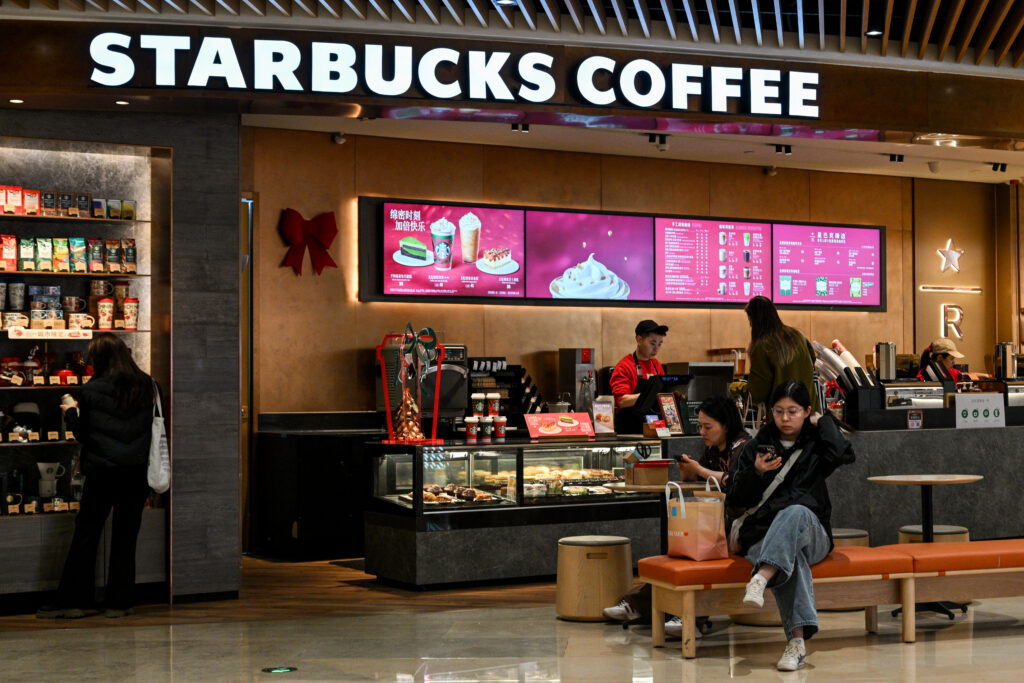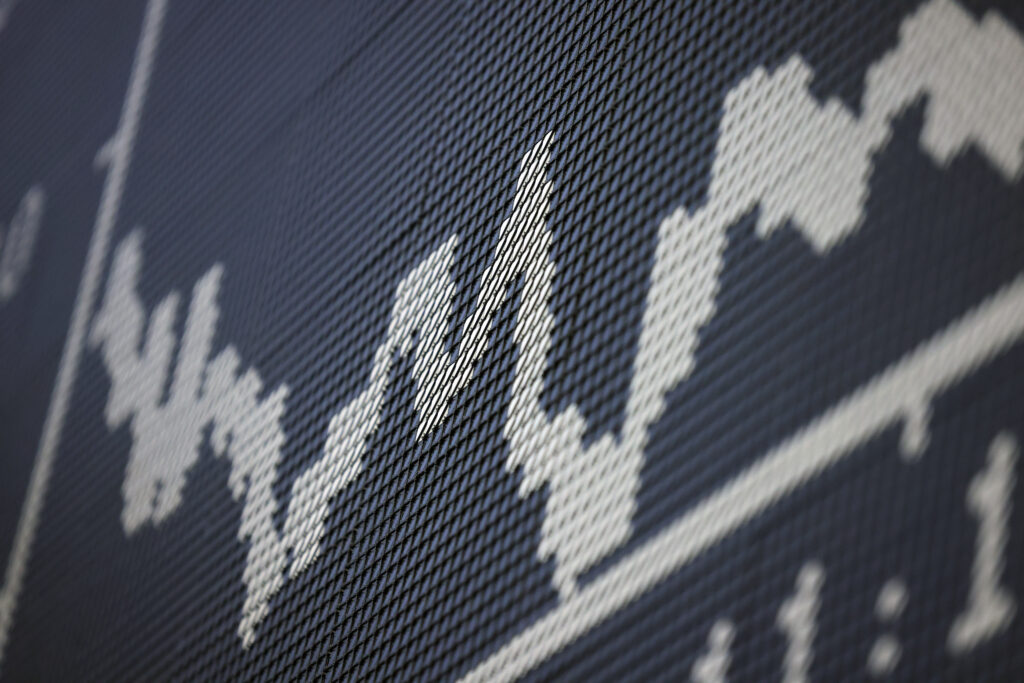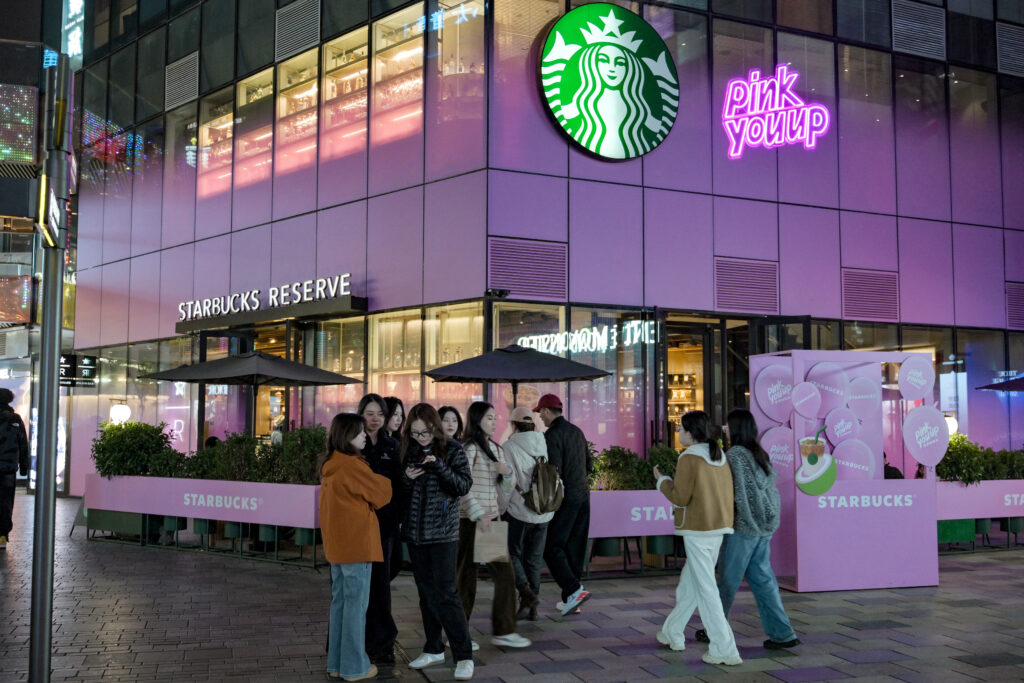Starbucks cedes China control to Boyu Capital
Starbucks has announced it will sell a controlling stake in its Chinese retail operations as it seeks to revitalise performance in a fiercely competitive market it once dominated.Hong Kong-based investment firm Boyu Capital will hold up to 60 percent of a new joint venture operating 8,000 Starbucks stores across China, under a deal which values the business at around $4 billion.Seattle-based Starbucks said on Monday it will retain a 40-percent stake and continue to own the brand and intellectual property.The partnership marks a strategic shift for Starbucks after more than 26 years in China, where it has seen its market share fall to 14 percent in 2024 from a peak of 42 percent in 2017.China represents Starbucks’s second biggest market globally, though the company has faced increasing competition from local coffee chains like Luckin Coffee, which has won over customers with lower prices.Luckin, founded in 2017, has expanded rapidly to more than 26,000 stores by targeting young spendthrift consumers with aggressive discounts, a host of quirky drink flavours, and brand tie-ups with everything from anime to the traditional Chinese liquor baijiu.It opened its first US store in June.- ‘So much more’ -Dozens of other chains have emerged in China, many following Luckin’s model of handling orders through mobile apps and operating small stores with few staff and little or no seating, which helps to lower costs.Cotti Coffee, another competitor, targets smaller cities and towns with drinks starting at 9.9 yuan ($1.40), and already has more China stores than Starbucks despite being founded only three years ago.Starbucks has failed to meet customers’ rising demand for better value, said Yaling Jiang, founder of consultancy ApertureChina and author of a newsletter on Chinese consumers.”Consumers feel they can get so much more from domestic competitors,” she told AFP.Starbucks cut its prices in June, but its cheapest Americano still costs 27 yuan ($3.80).Luckin’s marketing, often focusing on viral online trends, has also given it an edge over Starbucks’ more traditional approach.Luckin also leverages its data-centric operation to analyse and anticipate trends for its product development, said Felipe Cabrera from Ad Astra Coffee Consulting, a specialist in the Chinese market.Boyu Capital will likely “manage the company in a very Chinese style, which will give some advantage to Starbucks China teams to react fast to trends in the local coffee industry”, he said, possibly even surpassing competitors in “creating ‘hot’ new” products.- Expansion -Starbucks reported last week that its latest quarterly same-store sales in China increased by two percent, fuelled by an increase in traffic, but added that average spending per ticket had dropped.The company said it expects the total value of its China retail business to exceed $13 billion, including proceeds from the sale, its retained interest, and future licensing fees over the next decade.”Boyu’s deep local knowledge and expertise will help accelerate our growth in China, especially as we expand into smaller cities and new regions,” said Starbucks CEO Brian Niccol.While local brands have embraced franchise models to expand rapidly, Starbucks continues to directly operate large traditional coffee stores concentrated mostly in large cities.Jiang said that “they need a new generation of local and young leaders to make changes, especially in terms of marketing”.”If they keep what they’re doing… Boyu is only going to waste their money,” she said.The companies said they aim to grow the store count to as many as 20,000 locations over time, with the business continuing to be headquartered in Shanghai.The deal is expected to close in the second quarter of fiscal year 2026, pending regulatory approvals.






